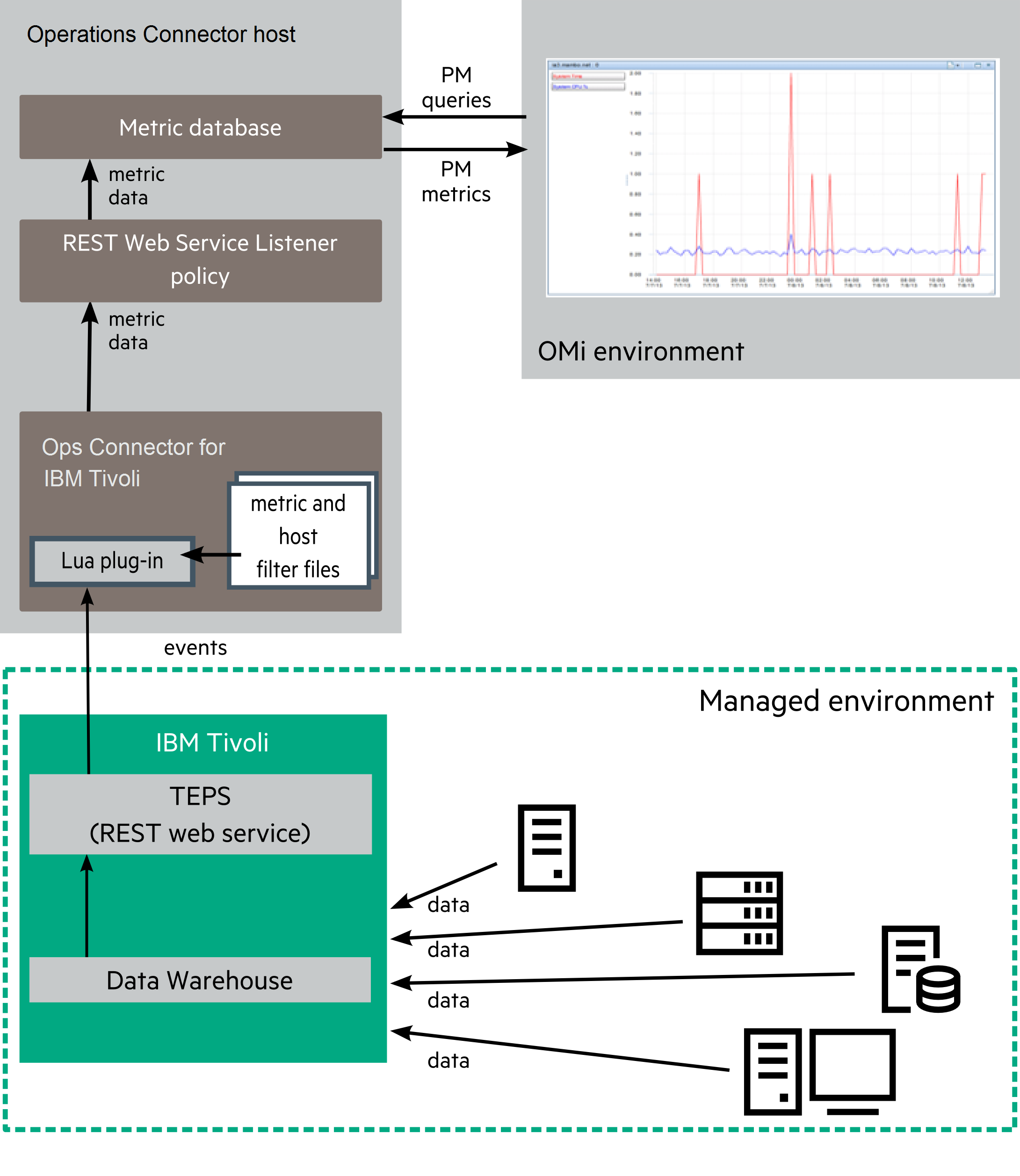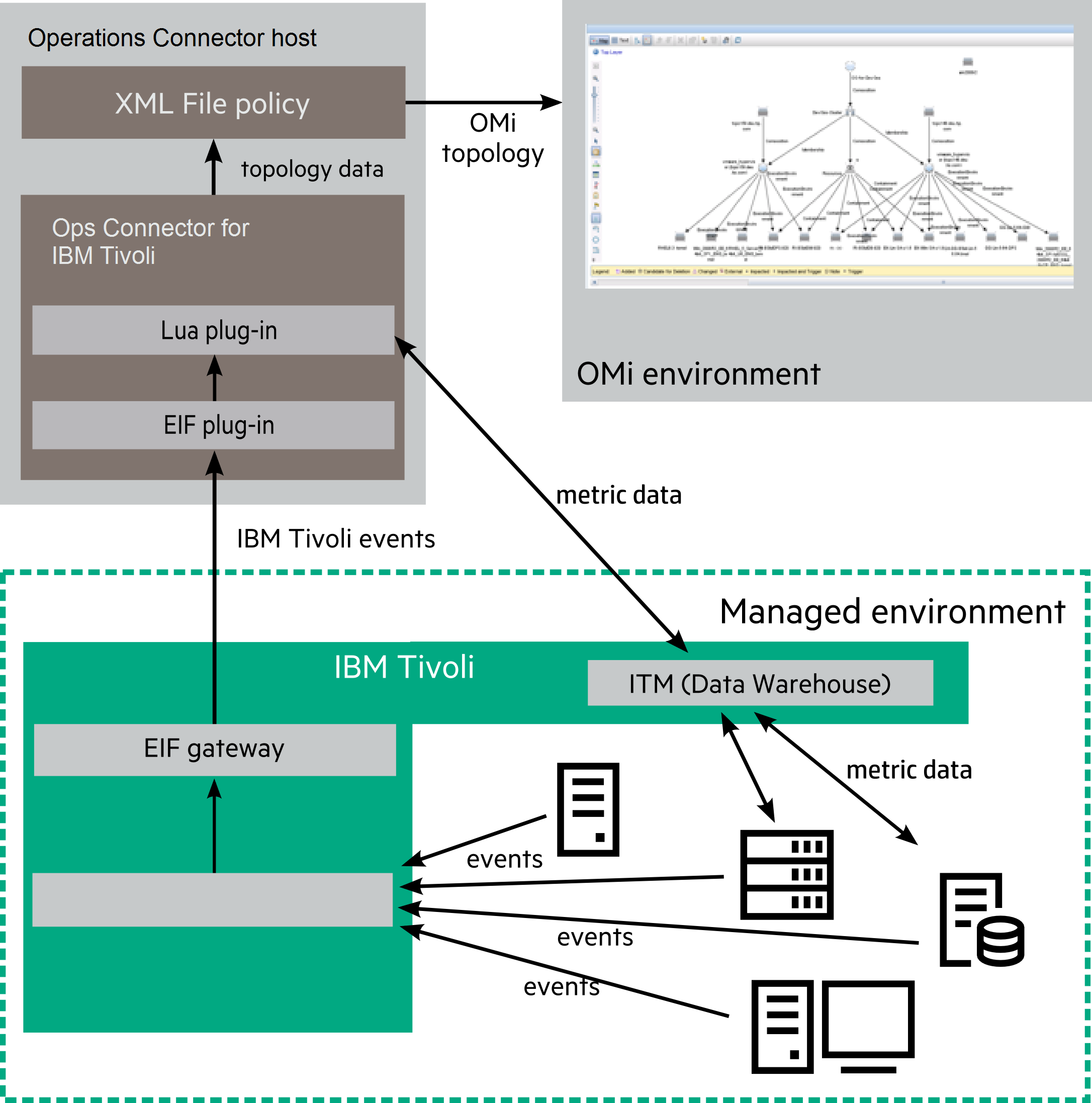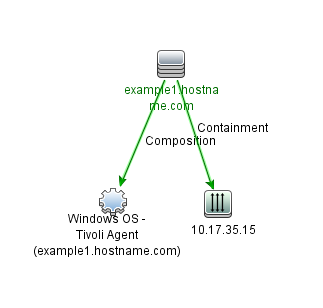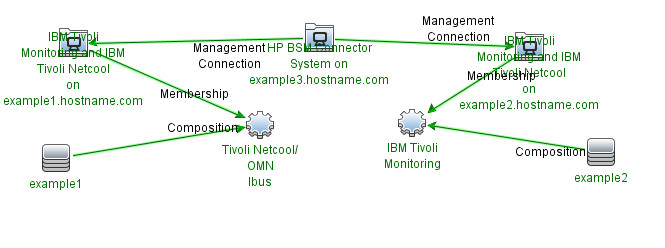Searching the Help
To search for information in the Help, type a word or phrase in the Search box. When you enter a group of words, OR is inferred. You can use Boolean operators to refine your search.
Results returned are case insensitive. However, results ranking takes case into account and assigns higher scores to case matches. Therefore, a search for "cats" followed by a search for "Cats" would return the same number of Help topics, but the order in which the topics are listed would be different.
| Search for | Example | Results |
|---|---|---|
| A single word | cat
|
Topics that contain the word "cat". You will also find its grammatical variations, such as "cats". |
|
A phrase. You can specify that the search results contain a specific phrase. |
"cat food" (quotation marks) |
Topics that contain the literal phrase "cat food" and all its grammatical variations. Without the quotation marks, the query is equivalent to specifying an OR operator, which finds topics with one of the individual words instead of the phrase. |
| Search for | Operator | Example |
|---|---|---|
|
Two or more words in the same topic |
|
|
| Either word in a topic |
|
|
| Topics that do not contain a specific word or phrase |
|
|
| Topics that contain one string and do not contain another | ^ (caret) |
cat ^ mouse
|
| A combination of search types | ( ) parentheses |
|
IBM Tivoli
Operations Connector for IBM Tivoli (OpsCx for IBM Tivoli) integrates supported IBM Tivoli applications and Operations Manager i (OMi) so that the gathered systems-management data about the events and topology in an IBM Tivoli environment as well as gathered metric data is made available to the OMi solution. Such data can then be monitored and processed properly within OMi. OpsCx for IBM Tivoli therefore enables you to establish a link between an IBM Tivoli environment and operations management in OMi.
For a list of the IBM Tivoli products and their release versions that OpsCx for IBM Tivoli supports, see Supported Systems Management Applications topic. For information about IBM Tivoli products, their individual releases and features, see the documentation on the IBM web site.
Product Concepts
OpsCx for IBM Tivoli is a product complementary to Operations Connector. It enhances Operations Connector to provide the following functionality:
-
Collection of IBM Tivoli events, metric data, and topology from an IBM Tivoli environment
OpsCx for IBM Tivoli identifies hostnames and IP addresses from the received events and forwards topology data to OMi.
-
Mapping of the collected data to an OMi-compliant form
-
Customization of the data collection and data mapping
-
Closure of IBM Tivoli events from OMi by using backward synchronization of the event resolution states
Deployment options for OpsCx for IBM Tivoli are bound by Operations Connector. While both must be installed on the same system, remote monitoring capability of Operations Connector enables the applications to reside on a dedicated integration server. In such setup, the processing, memory, and storage resources of the IBM Tivoli host are burdened to a lesser degree.
The basic part of OpsCx for IBM Tivoli is the Generic Integrator module (GenInt). It provides common functionality for integrating Operations Connector and other third-party systems, storage, or infrastructure management application.
The collection, processing, and mapping of events, metric data, and topology data can be configured in detail as part of advanced configuration of Ops Connector for IBM Tivoli.
Event Collection and Forwarding
OpsCx for IBM Tivoli makes IBM Tivoli events available to OMi as follows1 The process is repeated regularly.:
-
Events are received from IBM Tivoli through the Event Integration Facility (EIF) gateway.
-
In OpsCx for IBM Tivoli, the received events are processed with the EIF and Lua plug‑ins and sent to the REST Web Service endpoint of Operations Connector.
-
The collected events are mapped with a Operations Connector policy of the
REST Web Service Listenertype, and then forwarded to OMi.Each event is tested if it matches some rule in the policy. If it does, the event is mapped accordingly. To ensure all events are mapped, there are five generic rule types in the rule list:
-
A rule that matches events originating from deleted events
-
A rule that matches events originating from closed events
-
A rule that matches events originating from updated events
-
A rule that matches events originating from inserted events
-
A rule that matches events originating from ITM
The predefined generic rules in the policy serve as an example and can be changed.
-
Figure 1. Architectural overview of the IBM Tivoli event integration with OMi

If backward synchronization of event resolution is enabled, for each Netcool event that you close in OMi the corresponding IBM Tivoli event is also closed. For event backward synchronization, ativoli-backsync binary is bundled with OpsCx for IBM Tivoli based on FreeTDS libraries. The FreeTDS source code is included as an archive file in the <OvDataDir>/datafiles/FreeTDS directory.
Metric Collection and Forwarding
OpsCx for IBM Tivoli makes IBM Tivoli metric data available to OMi as follows2 The process is repeated regularly.:
- Metric data is collected through web service calls to the Tivoli enterprise portal server on the ITM (IBM Tivoli Monitoring) server.
- The data is processed with Lua plug-ins.
- The data is forwarded to the web service of the Operations Connector and stored in the database, where it can be accessed by OMi applications.
OMi applications can then query and display the saved metric data.
Figure 2. Architectural overview of the IBM Tivoli metric integration with OMi

Topology Collection and Forwarding
OpsCx for IBM Tivoli makes IBM Tivoli topology available to OMi as follows3The process is repeated regularly.:
-
Events are collected from IBM Tivoli through the EIF gateway and through the IBM Tivoli Monitoring (ITM) server. Metric data is collected through the REST web service interface.
-
In OpsCx for IBM Tivoli, the collected event data is processed by using the EIF and Lua plug‑ins and the metric data is processed using the Lua plug-in. Topology data is constructed using the data from received events and metric data.
-
The constructed topology data is mapped by using a Operations Connector policy of the
XML Filetype, and then forwarded to OMi.
Figure 2. Architectural overview of the IBM Tivoli topology integration with OMi

The mapping rules map the following CI Types:
- node
- IP address
- running software
See the following figure for an example.

In addition, the topology self-discovery policy retrieves topology data about the IBM Tivoli integration environment itself (Netcool and ITM). See the following figure for an example.

Related topics
We welcome your comments!
To open the configured email client on this computer, open an email window.
Otherwise, copy the information below to a web mail client, and send this email to ovdoc-asm@hpe.com.
Help Topic ID:
Product:
Topic Title:
Feedback:





